Why Flexible Formats Will Attract More Women To the Game
Why golf needs to change for the new generation of female players who want more flexibility
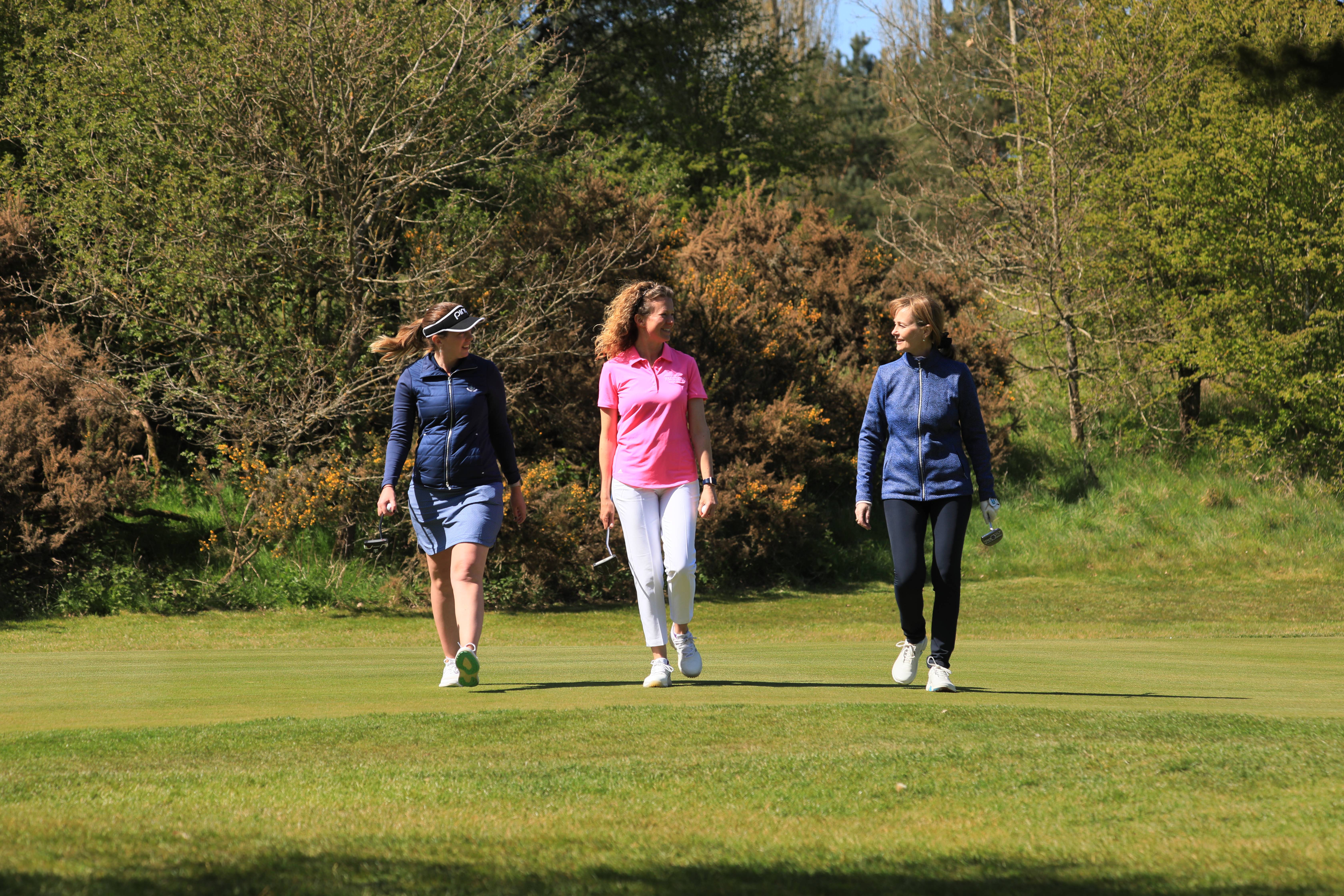
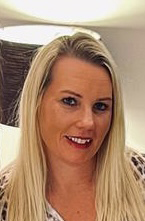
It’s midday on Friday and I’ve just played 9 holes. I drove straight to the golf club after the school run, unloaded my gear, warmed up in the practice net, met some friends and we headed out. Ten holes in two hours, a quick coffee with my playing partners in the clubhouse and I’m home by lunch. I still have time to spare for my writing and a few household chores before it’s back to school for pick-up.
I’m part of the modern generation of women golfers who want it all. We want to work, we want to parent and we want to play golf. We juggle all sorts of life demands to find the time to play this great game. And it’s a sport that gives so much back in return. Fresh air, exercise, challenge, friendship, business connections, a reason to travel the world to memorable destinations in spectacular locations - the list goes on.
I made the life-changing decision to turn self-employed before having my son Hogan, knowing that I wanted to have a hands-on role in his upbringing during those precious early years. I ditched the 9-5 and have never looked back. But for others the choice is not so easy. Many career women I meet have spent their lifetime working up the corporate ladder to high ranks. They love their job and when they discover golf (often through business) they find themselves having to reschedule to find the time to learn, practice and play.

Historically, golf clubs have not made it easy for these working women. In my twenties, working that 9-5 job, weekends (and light summer evenings) were my only option. Back then, in a male-dominated world, these prime tee times were swallowed up by the opposite sex. At too many clubs this is still true. Saturday competitions are exclusively ‘male only’ and despite being an alternative day player marking a competition card, you have no priority over tee time bookings.
If golf wants to truly attract the new generation of millennials they have to think outside of the traditional box. For starters, I believe we need more shorter competition formats. It’s far easier to find a one or two-hour window in the day than four hours plus to play 18-holes. How about a Friday night ‘9 and wine’ after work? Or a ‘summer 6’ where you tee off from 6pm for 6 holes then supper? Or a midday scramble once a week for those able to take an extended lunch hour. How about offering a competition every day of the week that anyone in the club can enter, regardless of age or gender. Now wouldn’t that be wonderful!

Alice Davies, the forward-thinking female assistant professional at my home club Parkstone Golf Club in Dorset, has established a fantastic ‘Pink Ladies’ group to cater for this new generation of learners. The sad thing is there’s no room on the timesheet or short course to cater for them. So, golf course architects listen up. Instead of designing new 18-hole masterpieces, why don’t you design more short courses. Or at least design new courses in three loops of six holes, each returning to the clubhouse. Land costs are high and space is limited so constructing short courses is a brilliant solution. They are ideal learning grounds, easy for beginners to practice on and faster to play. You can get round 9 holes in about an hour.
I’ve always been a big fan of par-3 courses and there are some absolutely cracking ones dotted all over the country. There’s even a British par 3 championship to enter with a loyal following who almost see this as a ‘game within the game’. The other benefit of par-3 golf is that it brings all generations and abilities together, you can be a young kid learning and not be over-faced, or a senior who struggles to walk 18 holes and has lost their length yet still loves to play golf and compete. All three generations of my family (my son, me and my parents) can play these types of courses together on a level playing field.
Get the Golf Monthly Newsletter
Subscribe to the Golf Monthly newsletter to stay up to date with all the latest tour news, equipment news, reviews, head-to-heads and buyer’s guides from our team of experienced experts.

In my first job as staff writer on Golf Weekly magazine I used to whizz around my local par-3 course, Orton Meadows in Peterborough, in my lunch hour, carrying just a pitching wedge, a putter and a few balls and tees in my pocket.
Fast-paced 20-20 cricket has been a huge success and other sports have followed suit and invented faster formats because our time is precious, so golf must too. Why do all televised tournaments have to be played over 18 holes? How many of you remember Power Play Golf? This short format of tournament golf was launched, trialled and televised. Top professionals played par-3 courses, opting to aim for either easy pins or take the ‘power play’ and attack a tricky pin position for greater reward. What a shame this concept didn’t take off.
I’m always trying to encourage new mums to get into golf. My good friend Lizzie learnt to play on her maternity leave, taking lessons with daughter Lucy tucked up asleep in the pram on the driving range. She used to book her lesson slots in around nap time so she could take Lucy for a walk to get her to settle and nod off before she started her lesson. As Lucy got older she would sit up in the buggy with a snack and watch mummy hit balls with fascination. Lizzie also took Lucy around the golf course in her pushchair with a carry bag on her back. Wouldn’t it lovely if clubs set up a crèche in the clubhouse one morning a week for new mums who are keen to learn golf (I can almost see Mrs Traditionalist rolling her eyes at the sheer thought of little children running riot, destroying the clubhouse furniture!) With the right support and the right attitude anything is possible.
One way to make golf more appealing to working women would be to host a networking afternoon at your club and then introduce them with free taster lessons. What a great way to mix business with pleasure. I’ve met many heads of corporate companies on golf courses yet very few women in power who play. These men know the strength of golf in business. The benefit of getting to know their clients in the more informal golf course setting, a great alternative to forging new business relationships inside an office. Forward-thinking companies offer recreational facilities on site for their staff like gyms as they know the benefits of exercise and the effects on productivity and performance.

If you’re a working woman in a firm that doesn’t use golf as a networking tool, as an opportunity to improve staff performance and get colleagues functioning with a clearer mindset after spending time in the fresh air, then suggest it. It might just be the best contribution you ever make.
Golf saw an influx of new women golfers during the Covid pandemic. It was one of the first sports to reopen and our daily exercise as an individual or a family could be taken in the fresh air and open space of the course. Many a golfing widow walked around the golf course with their spouse for the first time and were converted to the game. Children, teenagers and twenty-somethings whose busy lives previously got in the way of learning what they perceived to be a time-consuming, expensive sport, discovered the joy of golf. Isn’t it time we did these newcomers justice by supporting their progress with shorter courses, faster formats and gender-less open tee competitions. Let’s make the game something they play for life, not just fleetingly for fun.

Carly Frost is one of the golf industry’s best-known female writers, having worked for golf magazines for over 20 years. As a consistent three-handicapper who plays competitive club golf at Parkstone and the Isle of Purbeck courses in Dorset every week, Carly is well-versed in what lady golfers love. Her passion for golf and skill at writing combine to give her an unbeatable insight into the ladies game.
Carly’s role at Golf Monthly is to help deliver thorough and accurate ladies equipment reviews, buying advice and comparisons to help you find exactly what you are looking for. So whether it’s the latest driver, set of irons, golf ball, pair of shoes or even an outfit, Carly will help you decide what to buy. Over the years she has been fortunate to play some of the greatest courses in the world, ranking Sea Island, Georgia, USA, among her favourite golf resorts. Carly's aptly-named son Hogan is already hitting the ball as far as mum and will undoubtedly be a name to watch out for in the future. Carly is a keen competitor and her list of golfing achievements are vast. She is a former winner of the South West of England Ladies Intermediate Championship, a three-time winner of the European Media Masters and she once beat an entire start-sheet of men to the title of Times Corporate World Golf Champion. She has played for both the Dorset and Surrey County Ladies first teams and is known for her excellent track record at matchplay.
Carly holds the ladies course record (68) at her home club Parkstone and her lowest competition round (seven-under-par 65) was carded in the pro-am of the Irish Ladies Open at Killeen Castle, playing alongside Solheim Cup superstar Anna Nordqvist. Although her current handicap index has crept up to 3.7 since Covid she has her sights firmly set on achieving that elusive scratch handicap and hopefully playing for her country when she’s 50.
Carly’s current What's In The Bag?
Driver: Callaway Epic Max, 10.5°
Fairway wood: TaylorMade SIM2, 15°
Hybrids: Titleist TS2, 19°, 21°, 24°
Irons: Mizuno JPX900, 5-PW
Wedges: Cleveland RTX, 52°, 56° and 58°
Putter: Scotty Cameron Futura X5
Ball: 2021 Callaway Ladies SuperSoft
-
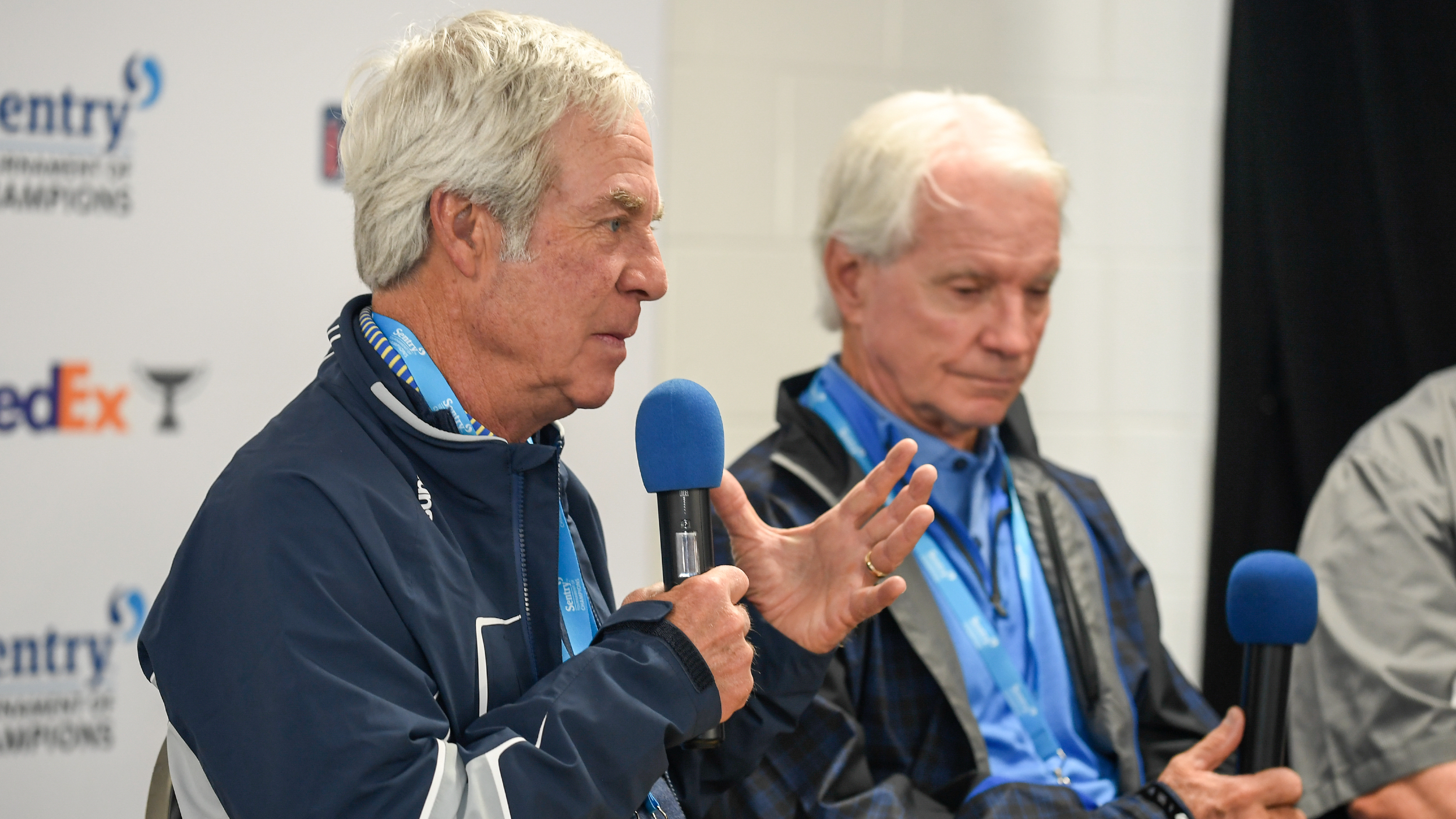 Bill Coore And Ben Crenshaw To Design New Course At Pinehurst Resort
Bill Coore And Ben Crenshaw To Design New Course At Pinehurst ResortBill Coore and Ben Crenshaw are designing a new course for Pinehurst Resort
By Mike Hall
-
 Amateur Legend Jay Sigel Dies Aged 81
Amateur Legend Jay Sigel Dies Aged 81The USGA has announced the American has passed away at the age of 81 from pancreatic cancer
By Mike Hall
-
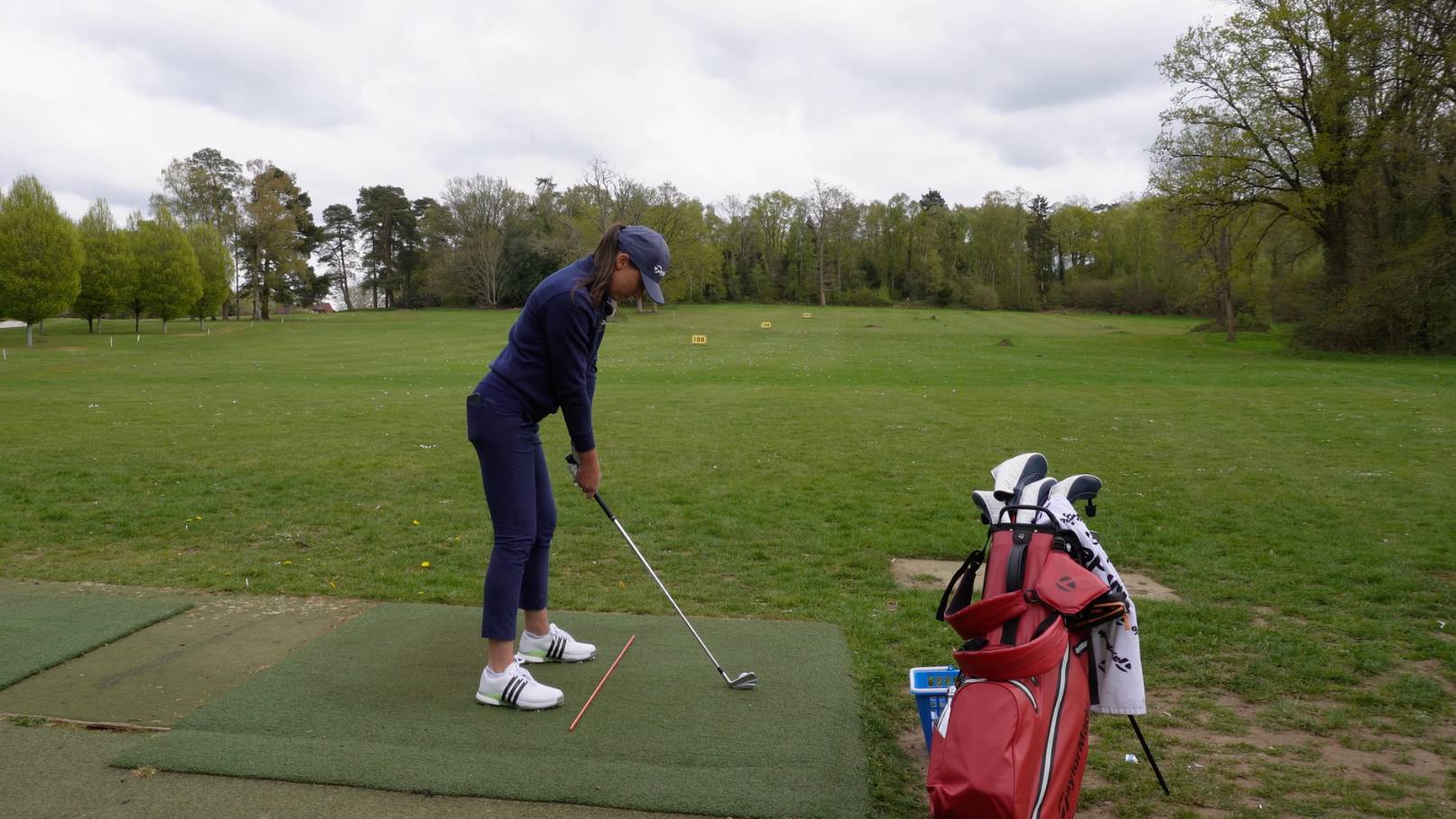 Why I'm Not Obsessed With Scratch (Yet) - The Joy Of Just Getting Better
Why I'm Not Obsessed With Scratch (Yet) - The Joy Of Just Getting BetterSingle figure golfer Jess Ratcliffe on finding enjoyment in gradual progress
By Jess Ratcliffe
-
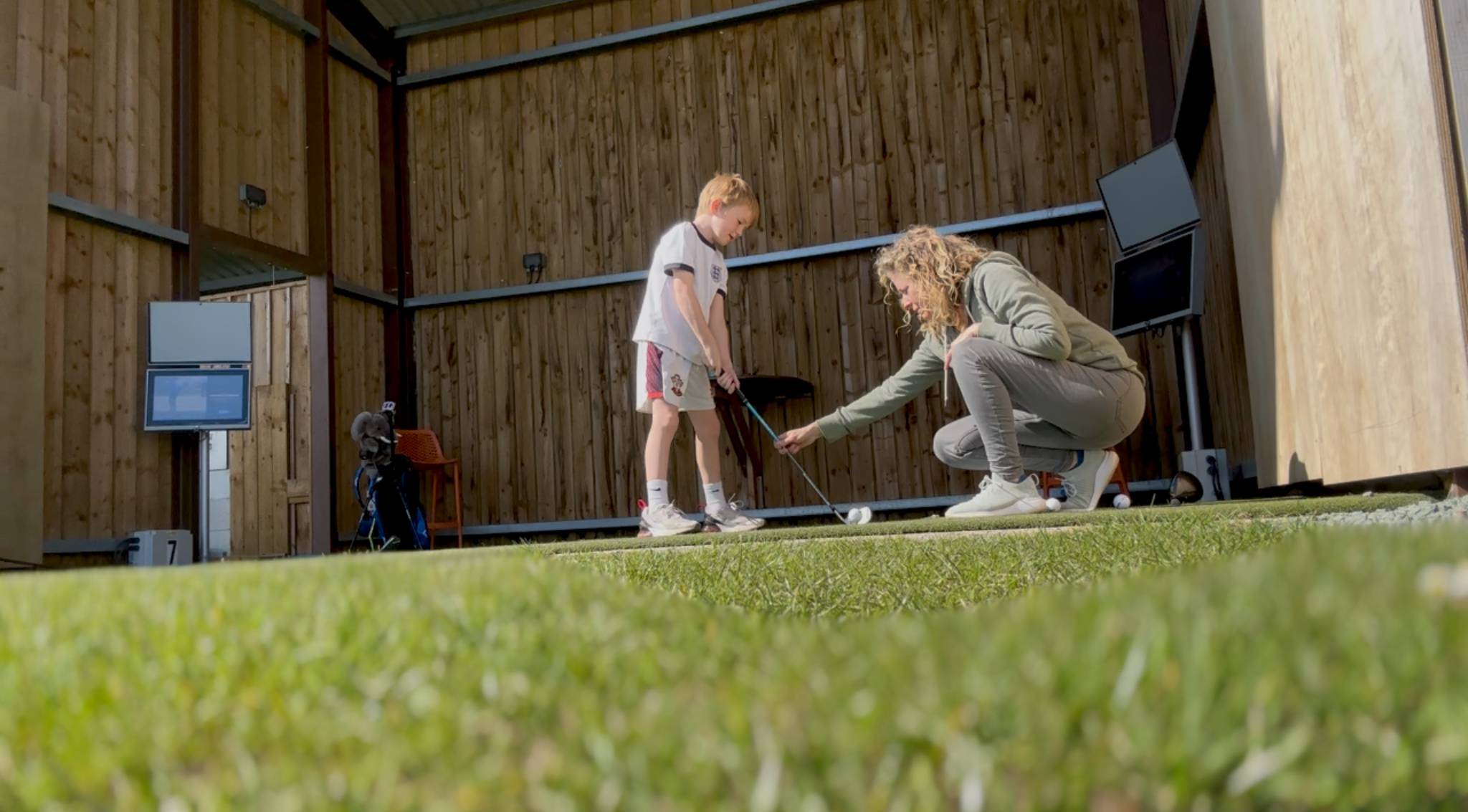 I’m A PGA Golf Coach - Here's Why I Made Sure My Kids Can Play Golf
I’m A PGA Golf Coach - Here's Why I Made Sure My Kids Can Play GolfFrom life lessons to lifelong friendships, Top 50 Coach Katie Dawkins on what golf can give your children
By Katie Dawkins
-
 From Body-Baring To Dialed In: Grace Charis Redefines Golf Fashion
From Body-Baring To Dialed In: Grace Charis Redefines Golf FashionInfluential golf content creator Grace Charis launches new apparel brand
By Alison Root
-
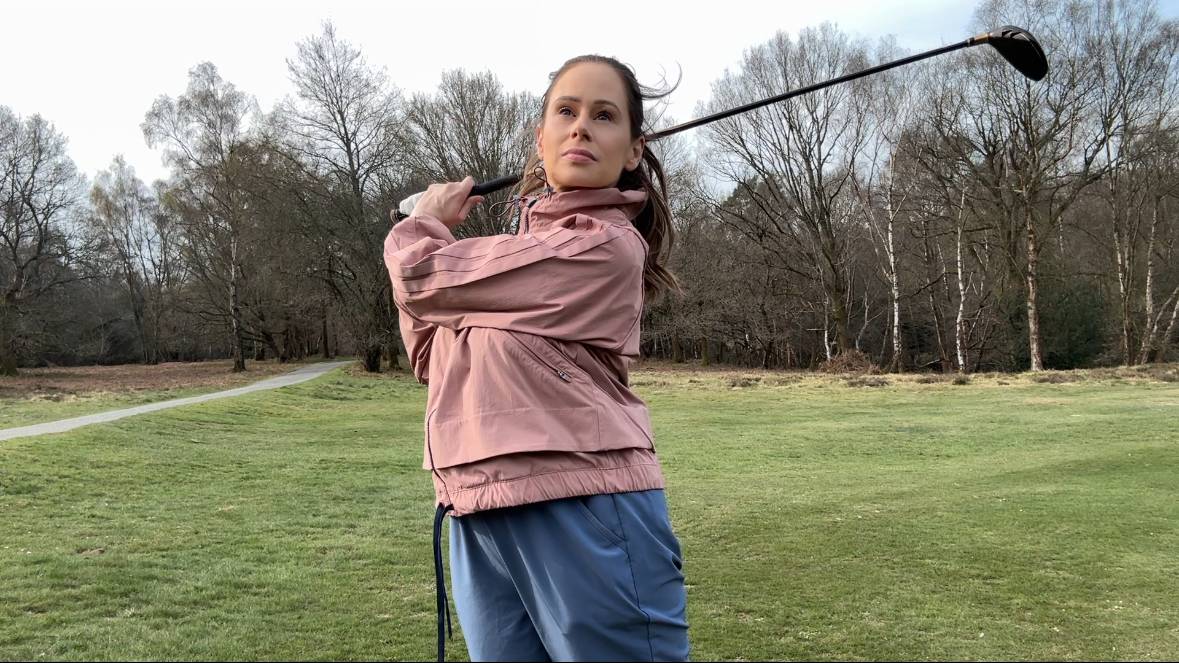 Golf Gave Me Confidence... Then Social Media's Toxic Culture Tried To Take It Away
Golf Gave Me Confidence... Then Social Media's Toxic Culture Tried To Take It AwayA young content creator's journey to own her golf game and her voice
By Katie Clarke
-
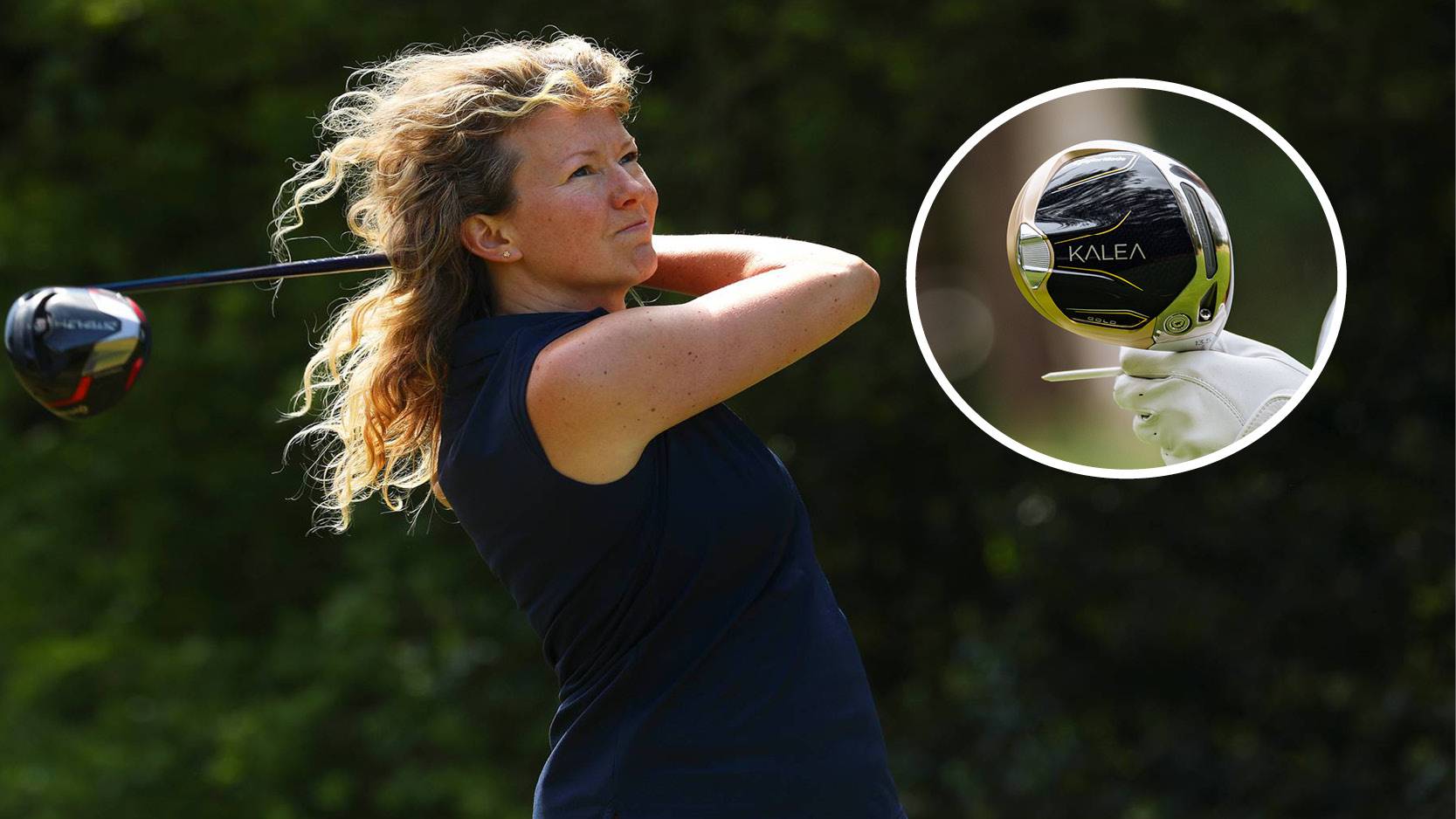 How Far Does The Average Female Club Golfer Hit Their Driver?
How Far Does The Average Female Club Golfer Hit Their Driver?We've looked at the data... Find out if you are hitting your driver an average distance
By Alison Root
-
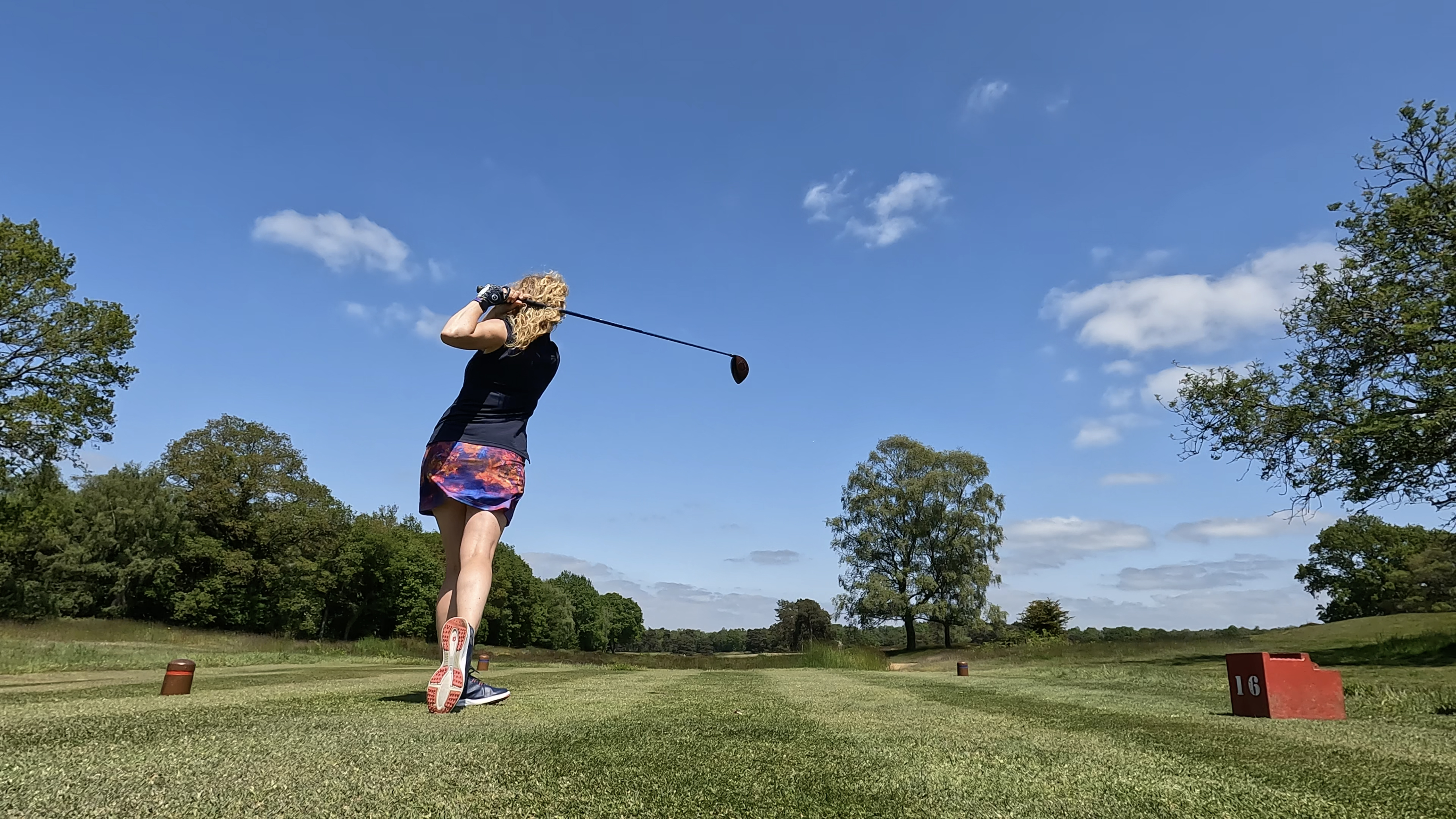 Tee Box Inequality: Why Aren't All Tees Rated For Women?
Tee Box Inequality: Why Aren't All Tees Rated For Women?Long-hitting female golfers are let down by tee ratings
By Katie Dawkins
-
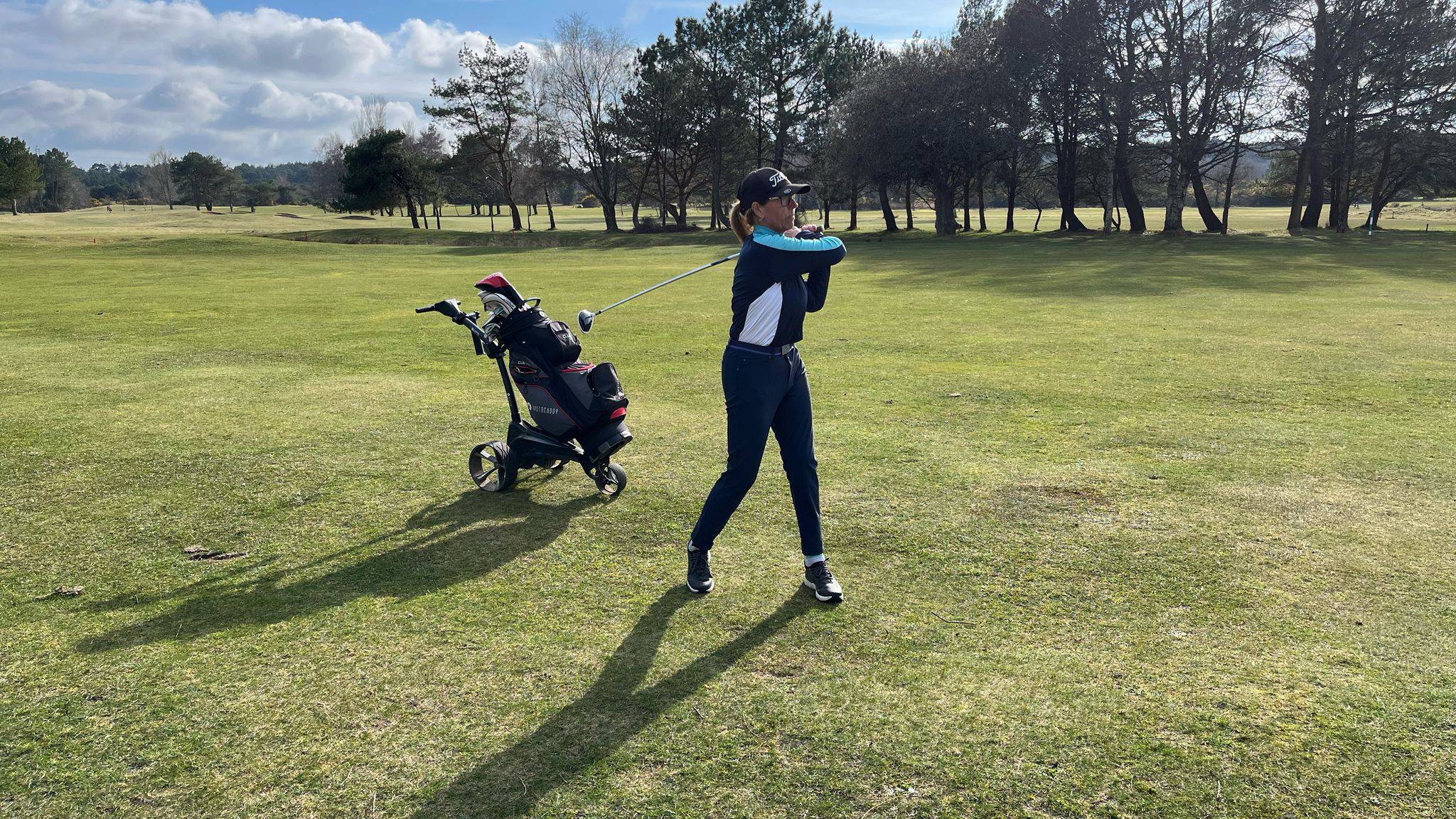 What I Learned From My First Golf Competition: The Unexpected Importance Of Preparation
What I Learned From My First Golf Competition: The Unexpected Importance Of PreparationPlaying in your first golf competition can be a daunting experience. Here are 5 tips to help you prepare for a stress-free round
By Carly Cummins
-
 I've Always Struggled To Create That Solid, Compressed Strike... Until I Fixed These 5 Key Moves
I've Always Struggled To Create That Solid, Compressed Strike... Until I Fixed These 5 Key MovesSingle figure golfer Jess Ratcliffe on how she has fixed her swing puzzle to deliver crisp shots
By Jess Ratcliffe